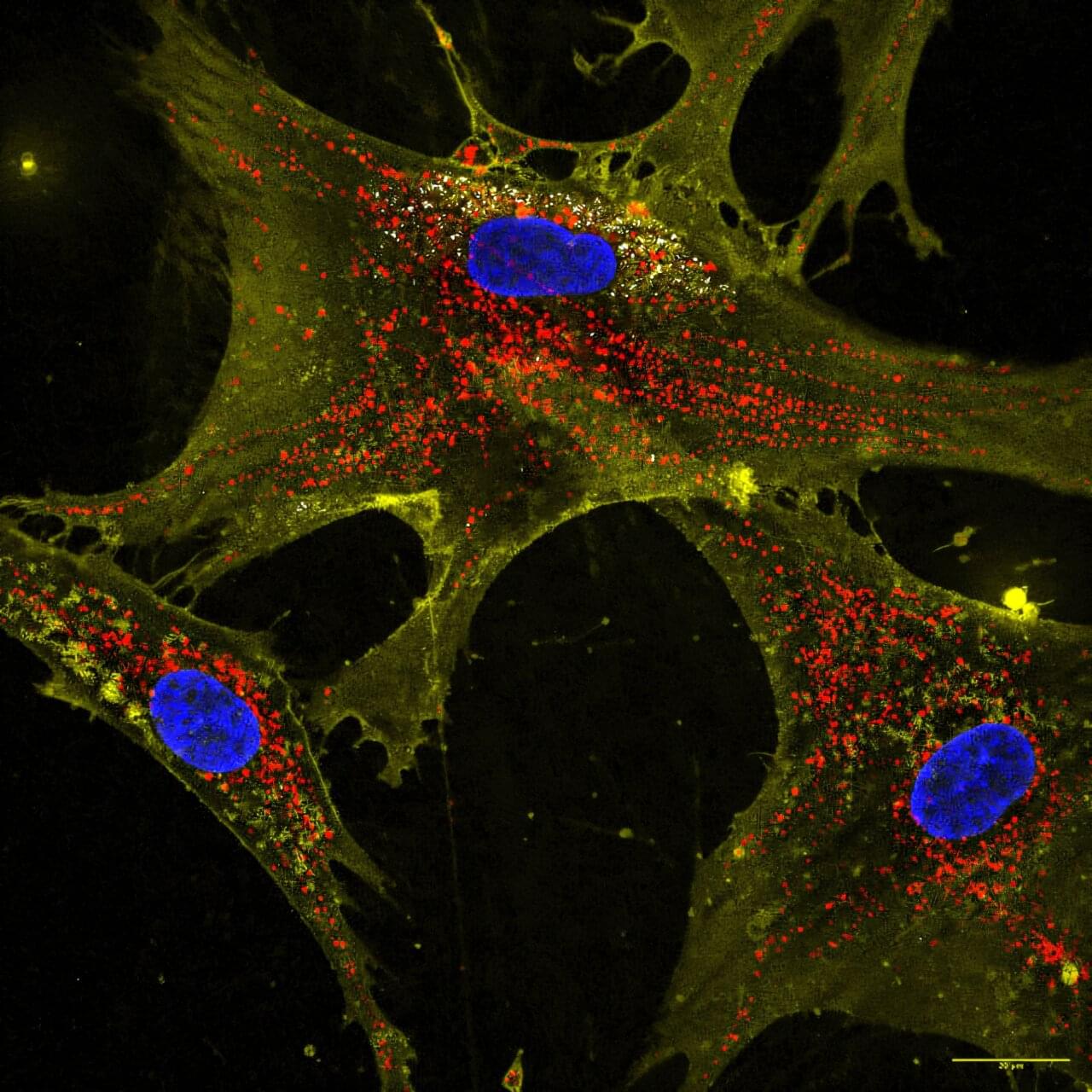New Warner–Suno deal lets creators legally use artist voices and likeness in AI tracks.
It was only last year when Hollywood unions battled AI use in creative industries. Today, Warner Music Group is handing artificial intelligence a front-row seat in the music business.
The company has signed a licensing deal with Suno, the fast-growing AI music platform, marking one of the biggest shifts yet in how the industry approaches AI-generated music.
Under the agreement, Warner Music Group will allow users to generate songs using the voices, likenesses, names, images, and compositions of artists who voluntarily opt in.








